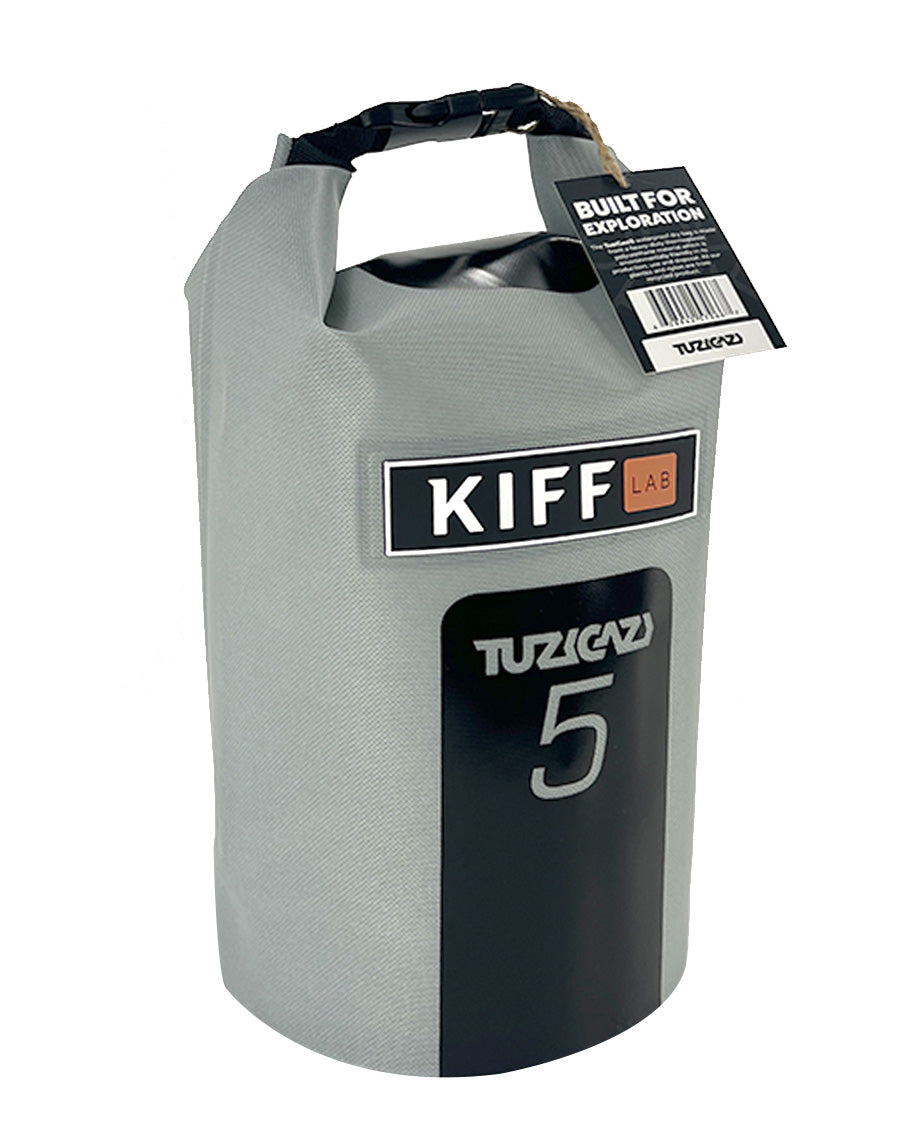Invasive fish species in Nova Scotia
In Nova Scotia, invasive fish are a growing concern for conservationists, recreational fishers, and government authorities. These non-native fish species have the potential to cause significant harm to the environment and native fish populations. The fish were introduced to the region through various means, such as illegal stocking, unintentional releases from private ponds, and intentional stocking for sport fishing. As a result, they do not face the same natural predators, diseases, and environmental pressures as native species, giving them a competitive edge.

Smallmouth Bass
One of the most significant invasive fish species in Nova Scotia is the smallmouth bass. According to a study by the Canadian Journal of Fisheries and Aquatic Sciences, smallmouth bass populations have increased by 20% in Nova Scotia since the 1980s. This increase has led to declines in native fish populations, such as brook trout and Atlantic salmon. Smallmouth Bass are known to be voracious predators that consume a range of aquatic organisms, such as small fish, crayfish, and insects. This behavior can have a significant impact on the food web and ecological balance of aquatic ecosystems, ultimately leading to a decline in native fish populations. Furthermore, Smallmouth Bass possesses unique reproductive capabilities that allow them to rapidly multiply at a young age. This trait, combined with their competitive edge and predatory behavior, makes it challenging for native fish populations to sustain themselves in areas where Smallmouth Bass are present.
One of the most significant invasive fish species in Nova Scotia is the smallmouth bass. According to a study by the Canadian Journal of Fisheries and Aquatic Sciences, smallmouth bass populations have increased by 20% in Nova Scotia since the 1980s. This increase has led to declines in native fish populations, such as brook trout and Atlantic salmon. Smallmouth Bass are known to be voracious predators that consume a range of aquatic organisms, such as small fish, crayfish, and insects. This behavior can have a significant impact on the food web and ecological balance of aquatic ecosystems, ultimately leading to a decline in native fish populations. Furthermore, Smallmouth Bass possesses unique reproductive capabilities that allow them to rapidly multiply at a young age. This trait, combined with their competitive edge and predatory behavior, makes it challenging for native fish populations to sustain themselves in areas where Smallmouth Bass are present.

Chain Pickerel
Chain pickerel is another invasive fish species in Nova Scotia. According to a study by the Canadian Journal of Fisheries and Aquatic Sciences, chain pickerel populations have increased by 25% since the 1980s. This increase has led to declines in native fish populations, such as yellow perch and white sucker. Chain Pickerel are recognized as aggressive predators, with a primary diet composed of smaller fish such as minnows and other native fish species. This predatory behavior can have significant effects on native fish populations, as they can become prey for Chain Pickerel and are outcompeted for food resources. Apart from their predatory behavior, Chain Pickerel have unique adaptations that make them particularly effective at hunting in aquatic ecosystems. Their long, slender bodies allow them to move quickly through the water, while their sharp teeth and strong jaws allow them to capture and consume a wide range of prey.

Rainbow Trout & Brown Trout
Rainbow trout & brown trout, are other invasive fish species in Nova Scotia. These fish species were introduced to Nova Scotia for sport fishing or aquaculture purposes. While these fish are not necessarily harmful to the environment, these non-native trout species have a predatory nature and feed on small fish and insects, disrupting the food web and altering the ecological balance of aquatic ecosystems. Moreover, Rainbow Trout and Brown Trout have been observed to hybridize with native trout species, which can further exacerbate their impact on the native fish populations. Hybridization can reduce the genetic diversity of native fish populations, making them more susceptible to environmental stressors and disease.

These species have adapted well to the environmental conditions of Nova Scotia waters. For example, Smallmouth Bass thrive in warm water temperatures and are often found in lakes and rivers with rocky bottoms and weed beds. Chain Pickerel's aggressive hunting behavior helps them tolerate a wide range of water conditions. Rainbow Trout and Brown Trout prefer cold, clear water with high oxygen levels and can be found in streams and rivers with suitable habitats.
Prevention and Education
Preventing the spread of invasive fish species is a critical component of controlling their populations. To help prevent the spread of invasive fish, the Nova Scotia government provides education and outreach to anglers and the public. This education includes information on the risks associated with invasive fish, how to identify invasive fish, and how to prevent their spread. Nova Scotia has also implemented regulations to prevent the spread of these fish. These regulations include prohibiting the possession and transport of live invasive fish and prohibiting the release of caught fish in Nova Scotia waters.
Prevention and Education
Preventing the spread of invasive fish species is a critical component of controlling their populations. To help prevent the spread of invasive fish, the Nova Scotia government provides education and outreach to anglers and the public. This education includes information on the risks associated with invasive fish, how to identify invasive fish, and how to prevent their spread. Nova Scotia has also implemented regulations to prevent the spread of these fish. These regulations include prohibiting the possession and transport of live invasive fish and prohibiting the release of caught fish in Nova Scotia waters.
More information: https://nsinvasives.ca/
Invasive fish species are a growing concern in Nova Scotia. By working together, we can help protect the environment and ensure healthy fish populations for future generations.
Invasive fish species are a growing concern in Nova Scotia. By working together, we can help protect the environment and ensure healthy fish populations for future generations.
*Content updated thanks to information from our community*
Photo's and Video: Tim Myers












